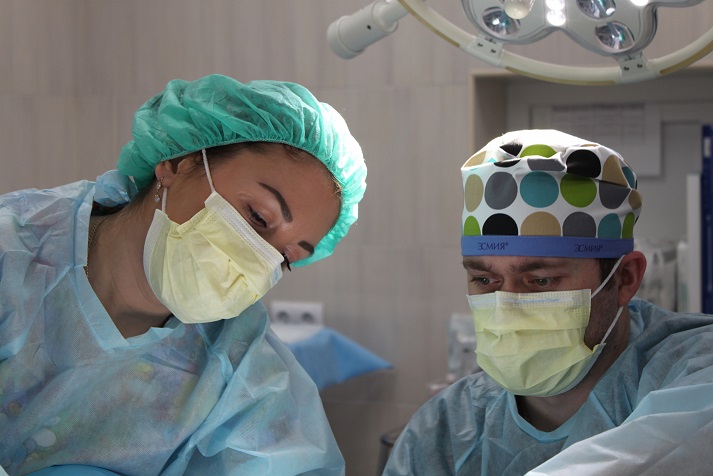Interim Infection Prevention and Control Recommendations for Patients with Suspected or Confirmed Coronavirus Disease 2019 (COVID-19) in Healthcare Settings
Summary of Changes to the Guidance (Source: U.S. Centers for Disease Control and Prevention):
- Updated PPE recommendations for the care of patients with known or suspected COVID-19:
- Based on local and regional situational analysis of PPE supplies, facemasks are an acceptable alternative when the supply chain of respirators cannot meet the demand. During this time, available respirators should be prioritized for procedures that are likely to generate respiratory aerosols, which would pose the highest exposure risk to HCP.
- Facemasks protect the wearer from splashes and sprays.
- Respirators, which filter inspired air, offer respiratory protection.
- When the supply chain is restored, facilities with a respiratory protection program should return to use of respirators for patients with known or suspected COVID-19. Facilities that do not currently have a respiratory protection program, but care for patients infected with pathogens for which a respirator is recommended, should implement a respiratory protection program.
- Eye protection, gown, and gloves continue to be recommended.
- If there are shortages of gowns, they should be prioritized for aerosol-generating procedures, care activities where splashes and sprays are anticipated, and high-contact patient care activities that provide opportunities for transfer of pathogens to the hands and clothing of HCP.
- Based on local and regional situational analysis of PPE supplies, facemasks are an acceptable alternative when the supply chain of respirators cannot meet the demand. During this time, available respirators should be prioritized for procedures that are likely to generate respiratory aerosols, which would pose the highest exposure risk to HCP.
- Included are considerations for designating entire units within the facility, with dedicated HCP, to care for known or suspected COVID-19 patients and options for extended use of respirators, facemasks, and eye protection on such units. Updated recommendations regarding need for an airborne infection isolation room (AIIR).
- Patients with known or suspected COVID-19 should be cared for in a single-person room with the door closed. Airborne Infection Isolation Rooms (AIIRs) (See definition of AIIR in appendix) should be reserved for patients undergoing aerosol-generating procedures (See Aerosol-Generating Procedures Section)
- Updated information in the background is based on currently available information about COVID-19 and the current situation in the United States, which includes reports of cases of community transmission, infections identified in healthcare personnel (HCP), and shortages of facemasks, N95 filtering facepiece respirators (FFRs) (commonly known as N95 respirators), and gowns.
- Increased emphasis on early identification and implementation of source control (i.e., putting a face mask on patients presenting with symptoms of respiratory infection).
Healthcare Personnel (HCP)
For the purposes of this document, HCP refers to all paid and unpaid persons serving in healthcare settings who have the potential for direct or indirect exposure to patients or infectious materials, including:
- body substances
- contaminated medical supplies, devices, and equipment
- contaminated environmental surfaces
- contaminated air
Table of Contents
1. Minimize Chance for Exposures
2. Adhere to Standard and Transmission-Based Precautions
4. Take Precautions When Performing Aerosol-Generating Procedures (AGPs)
5. Collection of Diagnostic Respiratory Specimens
6. Manage Visitor Access and Movement Within the Facility
7. Implement Engineering Controls
8. Monitor and Manage Ill and Exposed Healthcare Personnel
9. Train and Educate Healthcare Personnel
10. Implement Environmental Infection Control
11. Establish Reporting within and between Healthcare Facilities and to Public Health Authorities

